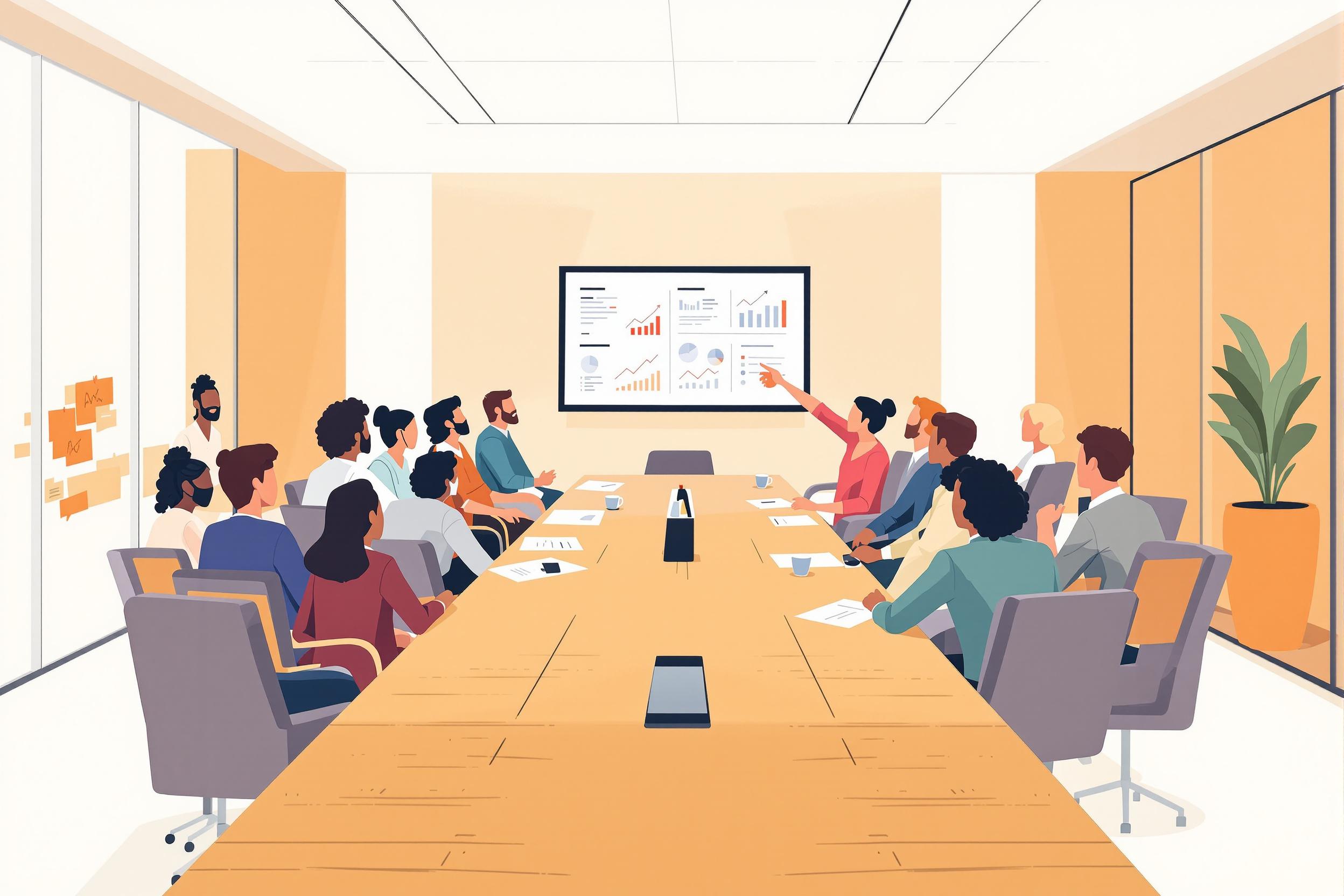
Mold Remediation
Mold Remediation is the process of identifying, treating, and preventing mold growth on valuable documents and manuscripts. This is a specialized cleaning and restoration technique that helps save important papers from damage. Think of it like a rescue operation for books and documents that have been exposed to moisture or improper storage conditions. Similar terms include mold removal, fungal treatment, or document sanitization. This is a critical skill in libraries, archives, and document preservation facilities where protecting historical or valuable papers is essential.
Examples in Resumes
Successfully performed Mold Remediation on a collection of 19th-century manuscripts
Led Mold Removal projects for rare book collections in university archives
Developed preventive Fungal Treatment protocols for historical document storage
Typical job title: "Manuscript Restoration Specialists"
Also try searching for:
Where to Find Manuscript Restoration Specialists
Professional Organizations
Job Boards
Professional Networks
Example Interview Questions
Senior Level Questions
Q: How would you develop a comprehensive mold prevention program for a large archive?
Expected Answer: A senior specialist should discuss climate control systems, regular monitoring procedures, staff training programs, emergency response plans, and preventive measures. They should also mention experience with managing large-scale preservation projects.
Q: What factors do you consider when assessing a mold-damaged collection?
Expected Answer: Should explain the evaluation of damage extent, types of materials affected, historical value assessment, containment needs, and resource allocation. Should also discuss risk assessment and preservation priorities.
Mid Level Questions
Q: What cleaning methods do you use for different types of mold damage?
Expected Answer: Should describe various cleaning techniques for different materials, safety protocols, and when to use specific treatments. Should demonstrate knowledge of both manual and specialized cleaning methods.
Q: How do you document the remediation process?
Expected Answer: Should explain their system for recording treatment procedures, photography, condition reports, and maintaining treatment records. Should mention the importance of before and after documentation.
Junior Level Questions
Q: What safety equipment is necessary for mold remediation?
Expected Answer: Should list basic personal protective equipment like gloves, masks, and protective clothing, and explain basic safety protocols when handling contaminated materials.
Q: How do you identify active versus inactive mold?
Expected Answer: Should describe basic visual identification methods, common signs of active mold growth, and when to seek additional expertise.
Experience Level Indicators
Junior (0-2 years)
- Basic cleaning and handling techniques
- Understanding of safety protocols
- Simple documentation methods
- Recognition of common mold types
Mid (2-5 years)
- Advanced cleaning techniques
- Environmental monitoring
- Detailed condition assessment
- Treatment planning
Senior (5+ years)
- Program development and management
- Staff training and supervision
- Complex treatment strategies
- Emergency response planning
Red Flags to Watch For
- No knowledge of proper safety protocols
- Lack of experience with documentation procedures
- Unfamiliarity with different paper types and materials
- No understanding of environmental control importance
Related Terms
Need more hiring wisdom? Check these out...

Refining Job Descriptions to Expand Applicant Pools: Casting a Wider Talent Net

Navigating Compliance: Structuring On-the-Job Training in Regulated Industries

Breaking the Mold: The Unseen Power of Building a Diverse Leadership Team

